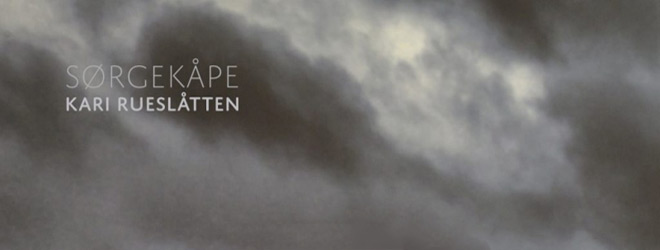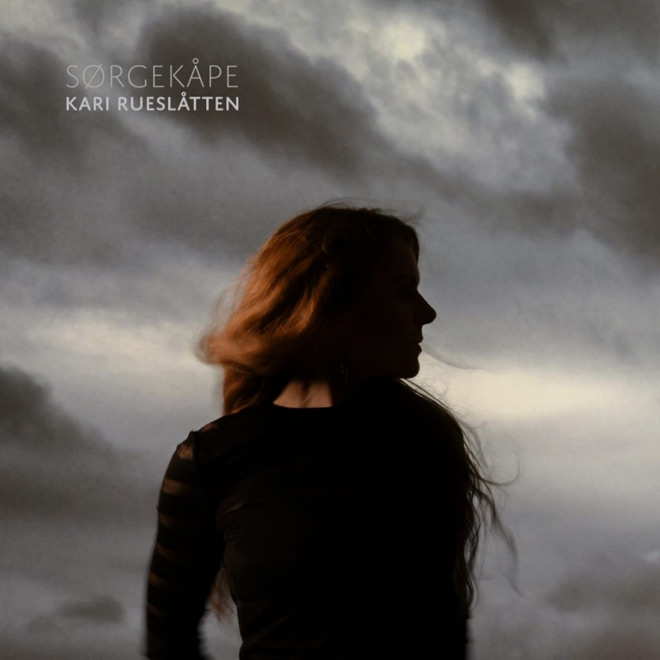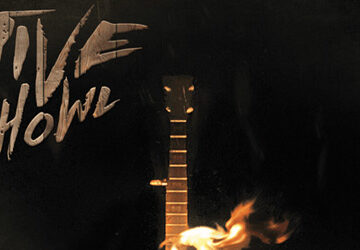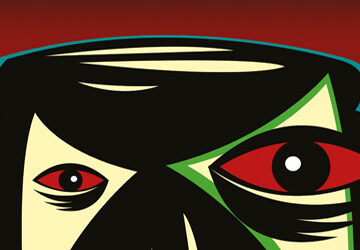
Arriving on Friday, May 8, 2020, through Spindelsinn Records, and titled for the Norwegian name of a Mourning Cloak butterfly, Sørgekåpe is Rueslatten’s second album that is spoken in her native Norwegian. Her 1997 debut album, Spindelsinn, is the only other one of her albums to do so. Working with a talented lineup for the album, Sørgekåpe features Jostein Ansnes on guitar and backing vocals, Bassist Gjermund Silset, Stian Lundberg on drums, Keyboardist Frode Flemsæter, and, of course, Rueslåtten’s vocals, as well as her piano work.
The album opens with its title-track “Sørgekåpe” as a clean, acoustic melody rings atop other acoustic elements and a wandering synth. Rueslåtten’s luxuriant voice patiently whispers out in her native tongue, like a floating dream held aloft by the instrumentation. Repeating in a cycle, the guitar melody is joined by a piano, the low hum of a bass, and an electric guitar, all contributing to the lofty feel. This is followed by a Folk Rock twist with “Svever,” a track that delights in earthy, bright drums and rich, tangy guitars. All while the vocals are delightful and mellifluous, as they carry the uplifting flow of the track.
Moving on, “Når mørket faller” plays like a murmuring dreamscape with groaning, low strings and a cycling series of notes on guitar. Rueslåtten’s vocals are angelic in the song, most notably as she takes center stage with breathy, wordless singing. The song builds around her with the guitar’s strumming growing in intensity, and a whale-like song from the bass and strings in the background. Next up is “Blind,” a song comprised of delicate piano keys as well as Rueslatten’s resonant singing in its introduction. All this before the track delves further into itself with the addition of fluid synth, an echoing electric guitar, and the clicking strums of acoustic guitar.
Then there is “Savn” which opens with a timely pop of rapid strumming and quiet, airy singing, though it evolves into a reverberating atmosphere of serenity. For the second to last track, the brief but driven “Øye for øye,” there is a wicked flow in the bouncing, low strumming, as well as the way that Rueslåtten and her backing vocals intently carry on. Ultimately, Sørgekåpe reaches its conclusion with “Storefjell,” a slow burning, hypnotic masterpiece. Here, a purposeful vocal delivery that is both unwavering and haunting, like the humming synth, combines with guitar that shimmers like a mirage, and dark, tumbling drums that murmur behind everything.
Sørgekåpe presents itself through a myriad of beautiful, haunting tracks, and vivid, ambient atmospheres. Silset’s bass brings lower, darker tones to songs, as the guitars range from warm, refined acoustic rhythms to shimmering, lively electric melodies. The keys and synth performed by Flemsæter are equally atmospheric and dreamlike, occasionally seeming to mimic the sounds of nature. And though, percussively, the album is simple, this lends strength to the rest of the instrumentation, providing Rueslåtten’s voice room to work. For her part, Rueslåtten sings in measured paces, her voice often resembling spoken prose with a breathy transpose, though she also eases into harmonious details beautifully.
Overall, Sørgekåpe is a detailed and rich collection of crystal clear eloquence. For this, Cryptic Rock gives Sørgekåpe 4.5 of 5 stars.





